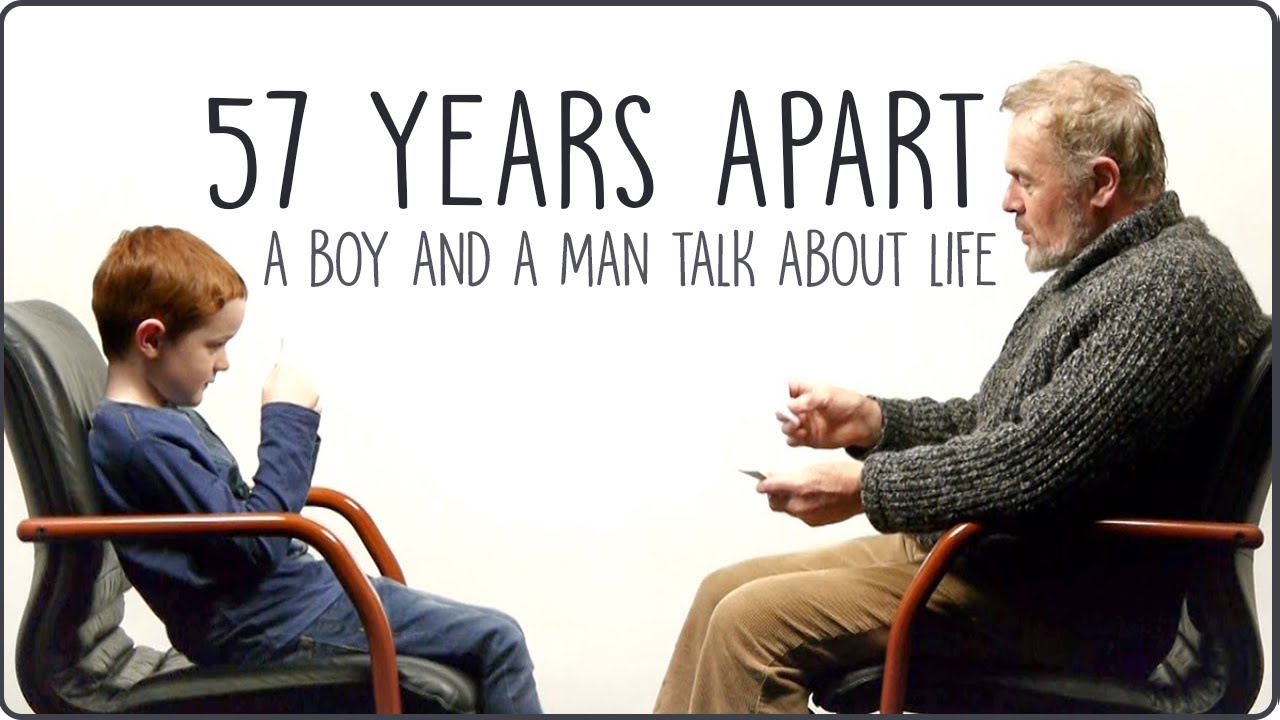Discover 7 simple rules to declutter your life and find mental clarity. Learn how to prioritize experiences over possessions and create a stress-free environment with these transformative rules.
Simple Rules to Improve Your Daily Life
Feeling stuck and unmotivated can be a challenging experience, but sometimes the solutions to these feelings are simpler than you might think. Over the past few years, I’ve discovered small, simple rules that have significantly improved my day-to-day life. By sharing these rules, I hope they can bring some positive change to your life as well.
The House on Fire Rule
On a recent trip through Europe, an incident with British Airways losing our luggage gave me a profound realization—I didn’t care about losing the physical items. This experience inspired the “House on Fire” rule. Imagine if your house burned down and you lost everything inside it. How relieved would you be to be free of all that stuff? Would it significantly impact your happiness or sense of well-being?
For many of us, we find ourselves overly attached to our belongings. They weigh us down mentally and emotionally. Ask yourself if there are items in your attic, closet, or storage unit that, if lost, would make no difference in your life. This rule helped me realize that less is more and that decluttering brings mental clarity and calm.
The 20/20 Rule for Decluttering
This rule is especially helpful for those just beginning their decluttering journey. Many items are kept “just in case”—extra coffee makers, clothes of different sizes, etc. The 20/20 rule states that if you can replace an item for $20 or less and within 20 minutes, you should let it go.
Using this rule has shown me that in reality, I rarely need to replace anything I’ve decluttered. It helps clear out unnecessary items without being wasteful.
The Box Rule for Difficult Decluttering
For those who struggle to part with items, the Box Rule provides a psychological trick. Put questionable items into a box and store it away for six months. Set a reminder on your phone to revisit the box. If you haven’t needed anything in the box after six months, you have two choices: go through the box and decide what to sell or donate, or donate the entire box.
This rule is particularly useful for those who have a hard time letting go. It allows you to part with items gradually, reducing the emotional attachment over time.
The Two-Day Rule
Consistency is key when building new habits. The Two-Day Rule is simple: never miss a new habit for more than one day in a row. If you miss one day, it’s okay, but don’t allow yourself to miss two consecutive days.
This rule has helped me maintain habits like reading and exercising. It’s flexible enough to accommodate life’s unpredictability while ensuring that you don’t completely fall off the wagon.
The Investing Rule
Instead of investing in material items, focus on investing in experiences. Material goods often bring temporary satisfaction and can lead to stress as they take up space. Experiences, on the other hand, enrich your life and create lasting memories.
By shifting spending from items to experiences like travel, you can expand your horizons and enjoy more substantial personal growth.
The Home Rule
Everything in your home should have a designated place. If an item doesn’t have a “home,” consider whether you truly need it. This rule has helped me keep my living space organized and has prevented me from losing essential items like my wallet or keys.
Designating specific spots for all items reduces clutter and makes daily routines more efficient.
The Other People Rule
A lot of our purchases and actions are influenced by what we think others will perceive about us. Whether it’s the latest iPhone, a new car, or trendy clothes, we often seek validation through these possessions.
Instead, focus on differentiating between wants and needs. Buy things because you genuinely need them, or they bring you true joy—not because they will impress others. This mindset shift can lead to more mindful consumption.
The 90% Rule
When deciding whether to buy something, assess it on a scale from 1 to 100. Only purchase it if it scores a 90 or above. If it falls below that threshold, don’t buy it.
This rule ensures that you only acquire items you truly love and will use frequently. It can also apply to commitments and opportunities—if it’s not a resounding “yes,” then it’s a “no.” This helps clear up your schedule and allows you to focus on what’s genuinely important.
The Two-Minute Rule
If a task takes two minutes or less, do it immediately. Whether it’s putting away dishes, tidying up a room, or completing a small repair, taking care of quick tasks on the spot prevents them from piling up and becoming overwhelming.
This rule helps maintain a clean and well-organized space, making daily life more manageable.
The Nightly Reset
Before going to bed each night, take a few minutes to reset your home. Lay out your clothes for the next day, load or unload the dishwasher, and set up any items you need for morning routines. This nightly reset sets you up for a smoother and more productive start to your day.
By preparing the night before, you can reduce morning stress and ensure that you begin each day on a positive note.
Incorporating these simple rules into your daily life can lead to significant improvements in your overall well-being, productivity, and happiness. Try implementing them gradually and see how they can bring positive change to your routine.
Video Credit:







